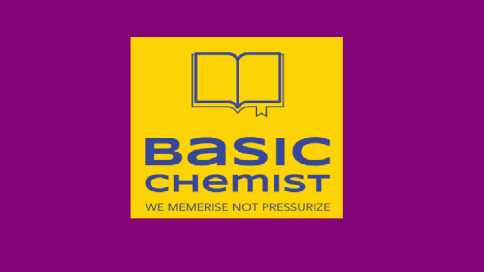Ions are atoms that have either lost electrons or gained electrons. Before we get into all of this I’m going to show you the octet rule, the octet rule is the rule that the max an atom should normally have in the valence shell (the last shell which carries the max amount of electrons the atom can contain) is eight. The most an atom was discovered with, was 32.
Now I’m going to explain how atoms actually become ions. The way this works is when a metal atom like copper loses electrons and a non-metal like hydrogen gains those electrons, the metal that lost the negatively charged electrons becomes a positively charged ion (known as a cation) the non-metal that gained those electrons (known as an anion) becomes a negatively charged atom. So in short, ions are actually atoms with a different amount of protons and electrons. This is known as a net charge. A net charge is a charge which is not neutral. These net charges can be written like this e.g.
Carbon2+, this means two extra electrons because the ‘+’ means extra and the ‘2’ means the number of electrons. Carbon2-, this means two fewer electrons because ‘-’ means fewer and we already know the value of ‘2’.





